Diffusion of Liquids & Gasses Apparatus
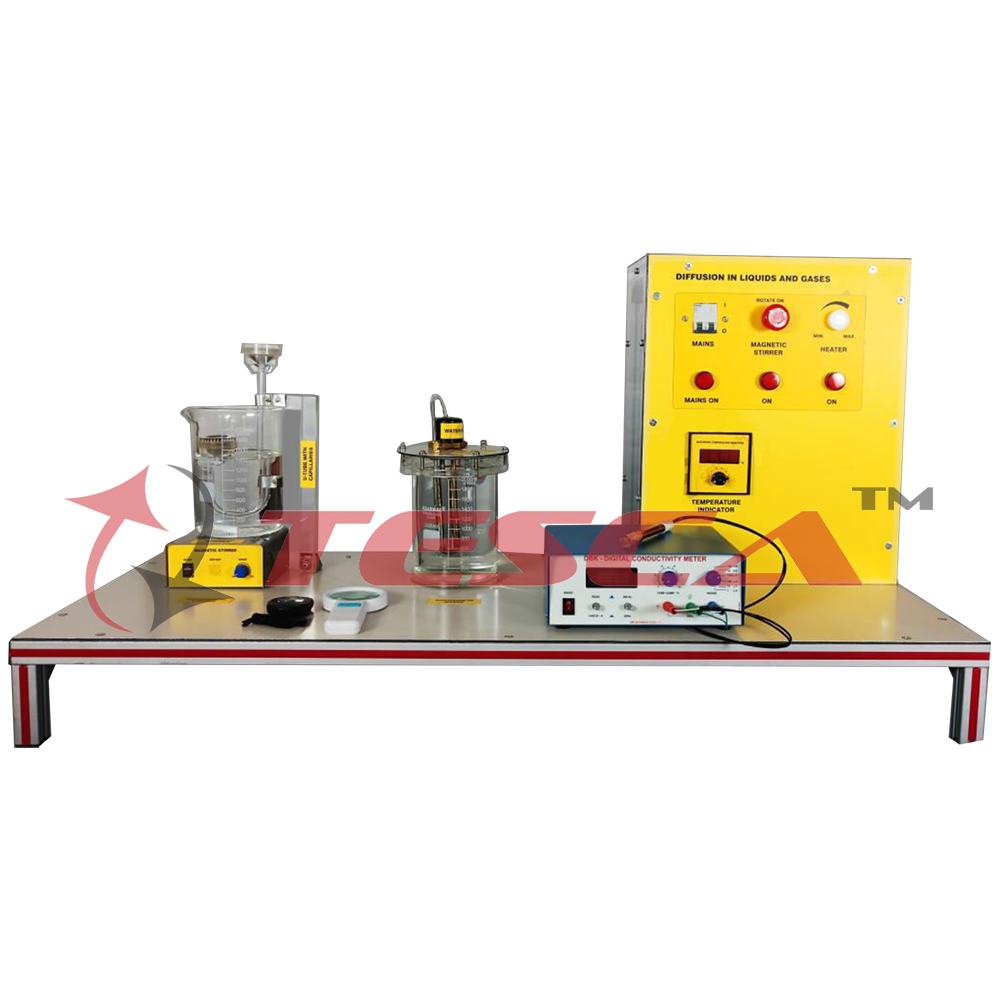
Order Code: 32381
Category: Thermodynamics Lab
Features Diffusive mass transport of substances in gases and aqueous solutions Application of Fick’s law Diffusion is the microscopic mass transport of particles such as atoms, molecules and ions due to differences in concentrations. It pl...
SPECIFICATION
Features
Diffusive mass transport of substances in gases and aqueous solutions
Application of Fick’s law
Diffusion is the microscopic mass transport of particles such as atoms, molecules and ions due to differences in concentrations. It plays an important role in numerous processes. For example, diffusion can bring together the reactants in chemical reactions and, in some cases, it can be the rate-limiting step for the process.
Diffusion of Liquids & Gasses Apparatus 32381 is equipped with two experimental units for investigating diffusion in liquids and gases. To investigate diffusion in liquids, a concentrated salt solution is used. The solution is contained in a U-tube, one end of which has a disc with several vertical capillaries. The U-tube is immersed into a tank containing de-mineralized water so that the disc with the capillaries is positioned below the surface of the water. The concentration gradient between water and the solution causes the salt ions to move out of the U-tube through the capillaries into the de-mineralized water. The capillaries ensure that the ions move in one dimension. A stirrer in the tank prevents the salt concentration increasing near to the disc, thus preventing concentration differences in the tank. A conductivity meter measures the salt concentration in the tank.
To investigate diffusion in gases, a highly volatile solvent is used. The solvent is contained in a vertical tube which is immersed into a heated water bath. The thermal energy from the water bath causes the solvent to evaporate. A fan generates an air flow, which moves horizontally at the upper end of the tube.
The gaseous solvent diffuses due to the concentration gradient from the surface of the liquid solvent upwards to the pure air flow. The air flow transports the solvent molecules away, thus ensuring a constant concentration at the upper end of the tube. The volume of liquid solvent in the tube decreases over time. A scale microscope enables the level to be determined. A heater with controller keeps the temperature in the water bath constant.
Specifications
Investigation of diffusion in liquids and gases
Transparent tank with magnetic stirrer, conductivity meter and U-tube with capillaries for investigating diffusion in aqueous solutions
Evaporation of a highly volatile solvent with a diffusion tube in a heated water bath for investigating diffusion in gases
Removal of gaseous solvent at the upper end of the diffusion tube with a fan
Heater with controller and sensor for adjusting the temperature in the water bath
Height-adjustable microscope for monitoring and determining the solvent volume in the diffusion tube
Separate display and control unit contains temperature controller and fan
Technical Specifications
Tank with stirrer: approx. 1500mL
Speed stirrer: 0…1500min-1
253 capillaries made of stainless steel
Diameter: 1mm, length: 5mm
Water bath: approx. 2L
Diffusion tube for solvent
Diameter: 3,4mm, length: 85mm Ÿ Power output heater: approx. 150W Ÿ Fan: 120…320L/h
Microscope scale division: 0,1mm
Measuring ranges
Temperature: 0…100°C
Conductivity: 0…200mS/cm
Experiments
Fundamentals of diffusion: Fick’s law
Derivation of the calculation formula for the diffusion coefficients for the given experimental conditions
Determination of the diffusion coefficient for the mass transport in gas
Determination of the diffusion coefficient for the mass transport in liquid
Requirements
Mains Power 220 – 240V @ 50Hz, 1Ph

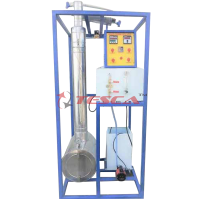
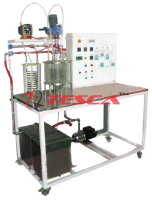
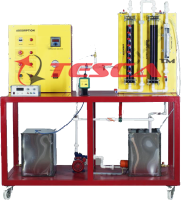

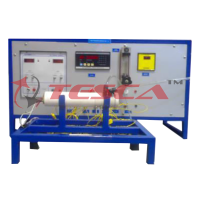
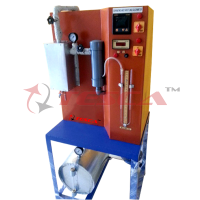
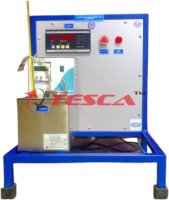
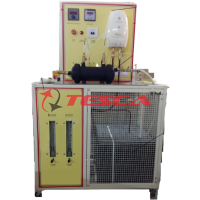
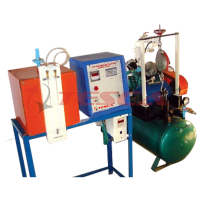

 91-9829132777
91-9829132777